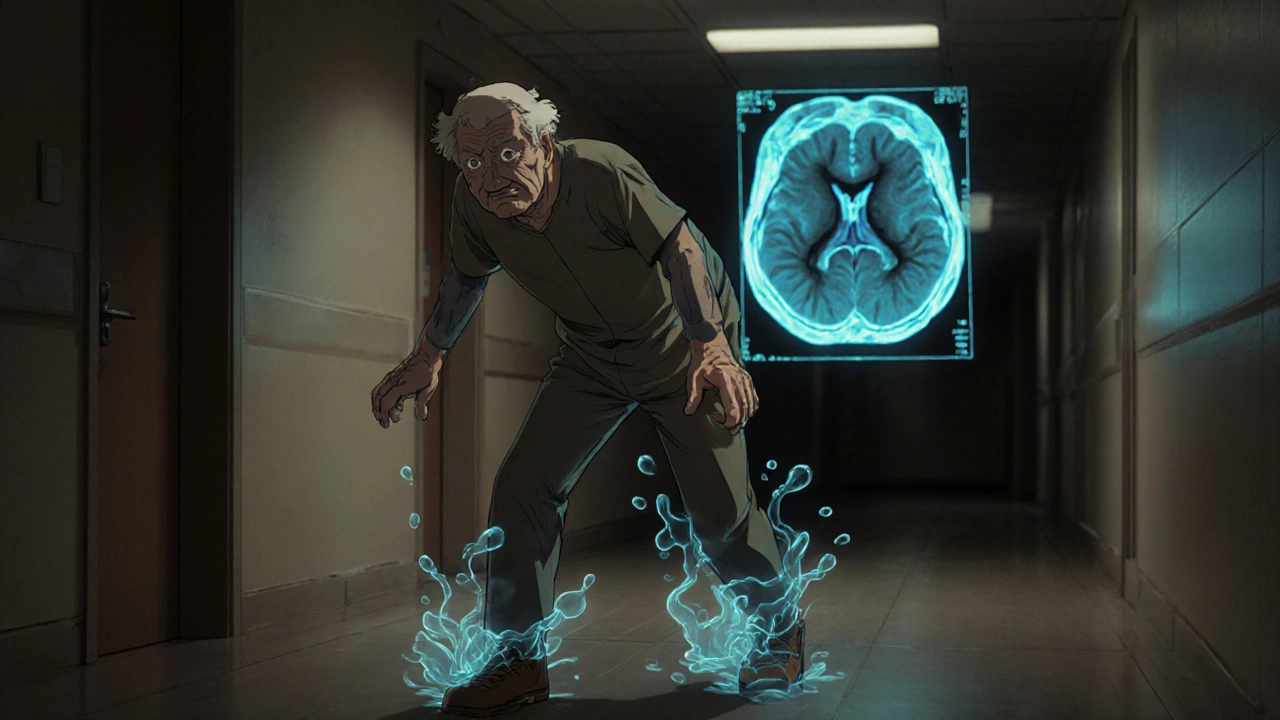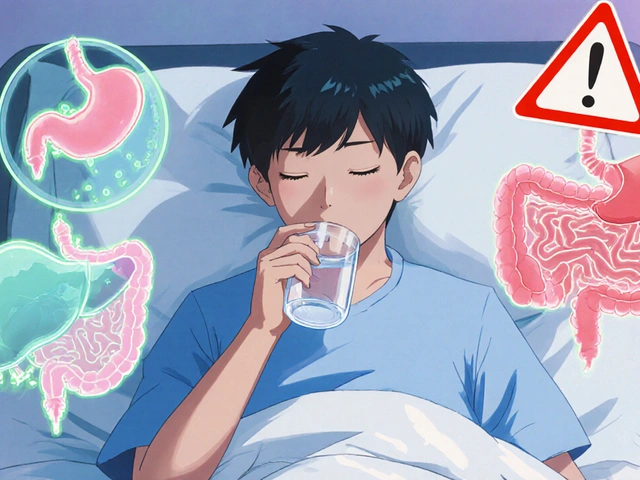Shunt Surgery: What It Is, When It's Needed, and What to Expect
When excess cerebrospinal fluid, a clear liquid that cushions the brain and spinal cord. Also known as CSF, it builds up in the brain, it can cause pressure, headaches, confusion, and even brain damage. That’s where shunt surgery, a procedure that redirects fluid away from the brain to another part of the body comes in. It’s not a cure, but it’s often the only way to stop the damage from progressing. This type of neurosurgery, a specialized surgical field focused on the nervous system is common in babies born with hydrocephalus, a condition where fluid doesn’t drain properly, but it’s also used in adults after head injuries, tumors, or infections.
Shunt systems are simple in design but life-changing in effect. A thin tube, or catheter, is placed inside the brain’s ventricle where fluid collects. Another tube runs under the skin—usually to the abdomen or heart—where the fluid can be safely absorbed. A tiny valve in between controls the flow. It’s not magic; it’s engineering. But that engineering has to work perfectly for years. That’s why shunts can fail—clog, break, or get infected. About 1 in 3 shunts need revision within the first year. If you or someone you know has one, watch for swelling, vomiting, drowsiness, or sudden headaches. These aren’t normal. They’re red flags.
Recovery isn’t fast, but it’s usually steady. Most people go home in a few days. Kids might need more monitoring, adults often bounce back quicker. You won’t feel the shunt working—it’s silent, invisible. But you’ll notice the difference: less headache, clearer thinking, better balance. The real challenge isn’t the surgery—it’s living with it. Regular checkups, knowing the signs of trouble, and staying in touch with your neurologist matter more than anything. This isn’t a one-time fix. It’s a long-term partnership with your body.
What you’ll find below are real stories and facts from people who’ve been through this—parents of kids with shunts, adults managing them after stroke or injury, doctors explaining what goes wrong and how to fix it. No fluff. No jargon. Just what you need to know to understand, ask better questions, and make smarter choices.
Normal Pressure Hydrocephalus: Understanding Gait Issues, Cognitive Changes, and Shunt Treatment
By Lindsey Smith On 19 Nov, 2025 Comments (14)

Normal Pressure Hydrocephalus (NPH) is a treatable cause of dementia with classic symptoms: gait trouble, memory issues, and bladder control problems. Early diagnosis through CSF tests and shunt surgery can reverse symptoms in most patients.
View More




